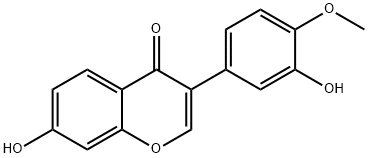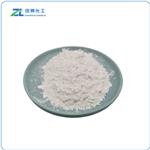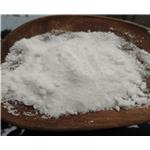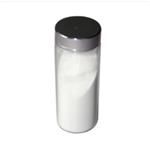Definition
Calycosin is an O-methylated isoflavone. It can be isolated from Astragalus membranaceus Bge. var. mongholicus and Trifolium pratense L. Calycosin is a member of the class of 7-hydroxyisoflavones that is 7-hydroxyisoflavone which is substituted by an additional hydroxy group at the 3' position and a methoxy group at the 4' position. It has a role as a metabolite and an antioxidant. It is a member of 7-hydroxyisoflavones and a member of 4'-methoxyisoflavones. It derives from an isoflavone. It is a conjugate acid of a calycosin(1-).
Pharmaceutical Properties
The potential pharmaceutical properties of calycosin in the treatment of tumors, inflammation, stroke, and cardiovascular diseases have gained increasing attention in the recent years. The literature survey showed that calycosin exhibits promising effects for the treatment of several diseases and that these effects may be due to its isoflavonoid and phytoestrogenic properties. The effects of calycosin most likely result from its interaction with the ER receptors on the cell membrane and the modulation of the MAPK signaling pathway.
Through its effect on this pathway, calycosin can regulate several cell activities, such as apoptosis and angiogenesis, which enables its therapeutic functions.
Uses
Calycosin is a known antioxidant that prevent redox imbalance in organisms. Also, it possesses anti-tumor, anti-inflammation and osteogenic properties; Useful as a therapeutic reagent for bone loss-associated diseases.
Definition
ChEBI: Calycosin is a member of the class of 7-hydroxyisoflavones that is 7-hydroxyisoflavone which is substituted by an additional hydroxy group at the 3' position and a methoxy group at the 4' position. It has a role as a metabolite and an antioxidant. It is a member of 7-hydroxyisoflavones and a member of 4'-methoxyisoflavones. It is functionally related to an isoflavone. It is a conjugate acid of a calycosin(1-).
Biological Activity
Isoflavone and phytoestrogen isolated froma traditional Chinese medicinal herb. Calycosin induces angiogenesis in HUVEC and promotes proliferation of estrogen-receptor positive cells in vivo and in vitro. Also functions as a vasorelaxant on r at thoracic aorta.




